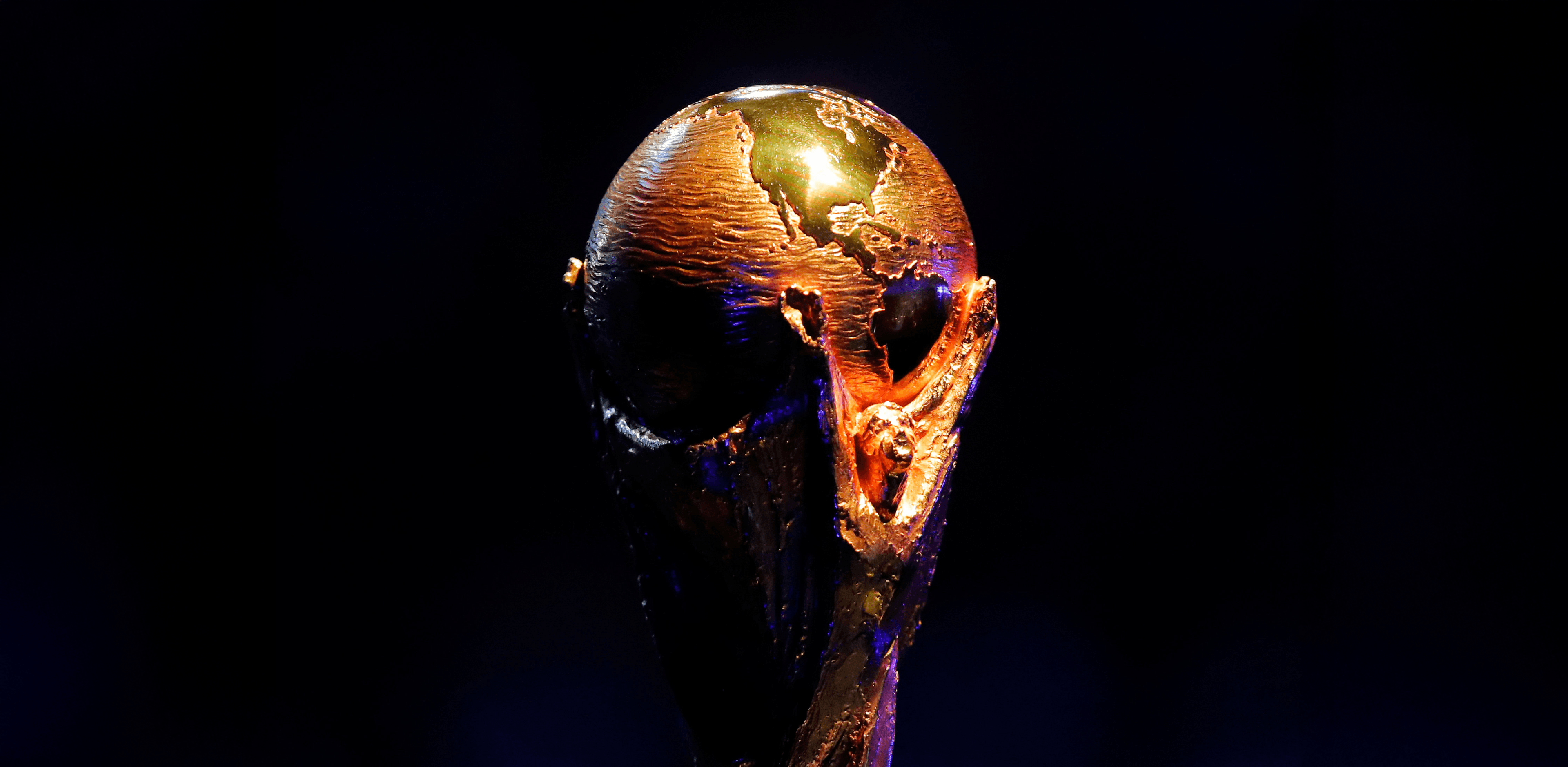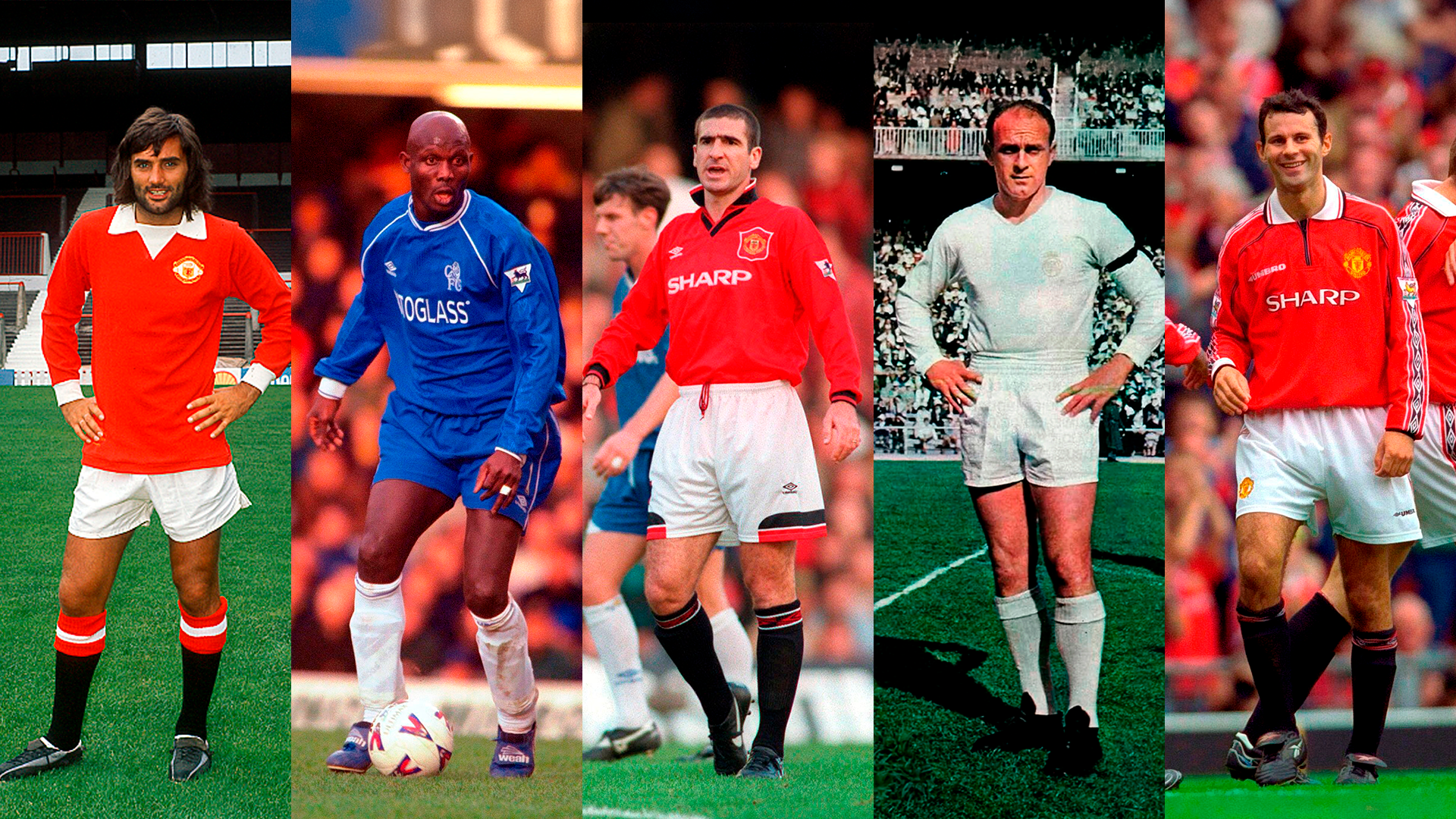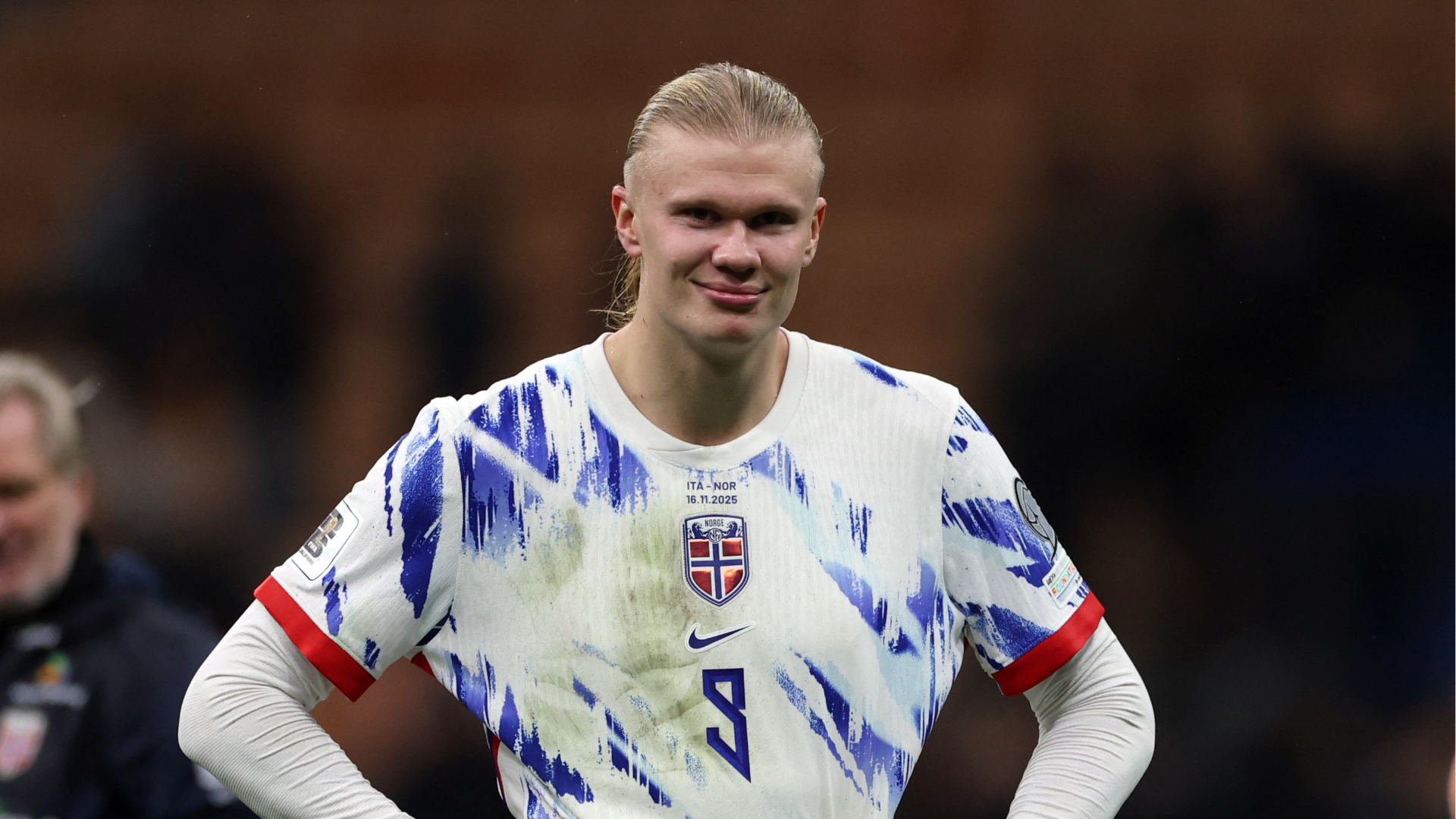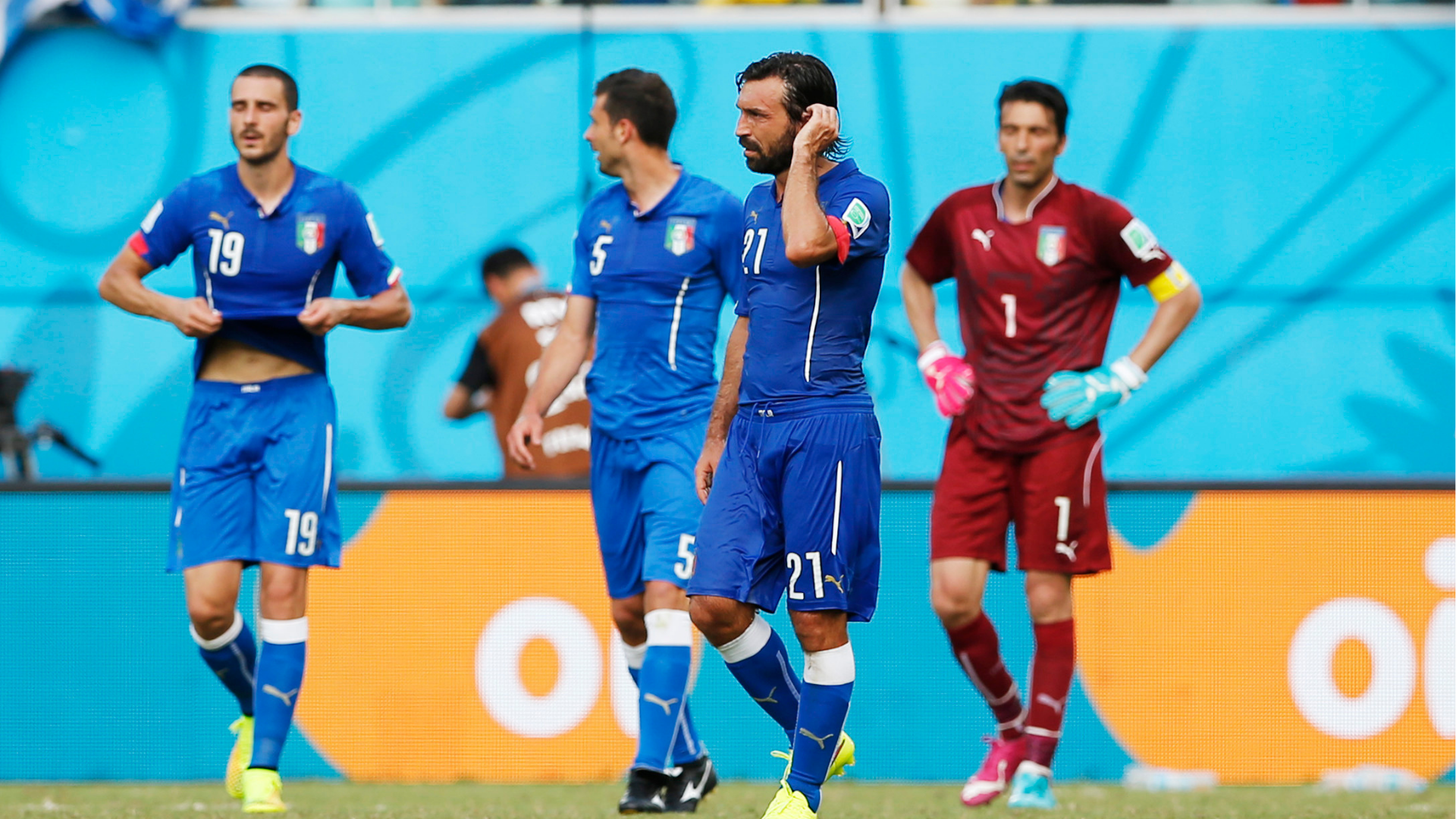- Home >
- Soccer >
- FIFA World Cup >
- This Is How the 2026 World Cup Draw Will Work: Rules, Pots and Everything You Need to Know
This Is How the 2026 World Cup Draw Will Work: Rules, Pots and Everything You Need to Know
FIFA has finally revealed the complete procedures for the 2026 World Cup Final Draw — and the new 48-team format introduces rules never seen before.
A historic draw for a World Cup unlike any before
The road to the 2026 FIFA World Cup reaches one of its most anticipated milestones on Friday, December 5, when the Final Draw takes place at the prestigious John F. Kennedy Center for the Performing Arts in Washington, D.C.
For the first time ever, the tournament will feature 48 national teams, split into 12 groups of four, and the draw will define the entire pathway toward the final scheduled for July 19, 2026, in New York/New Jersey.
With fewer than 200 days to go before kickoff, FIFA has officially confirmed the procedures that will govern every stage of the draw — from the pots to the confederation restrictions and the special rules for the host nations.
How the pots are structured
As expected, host nations Canada, Mexico, and the United States have been placed in Pot 1, regardless of their world ranking. They are joined by the nine highest-ranked teams in the world, creating one of the most competitive Pot 1 lineups ever seen:
Pot 1: Canada, Mexico, USA, Spain, Argentina, France, England, Brazil, Portugal, Netherlands, Belgium, Germany
The remaining qualified teams are distributed based on the FIFA/Coca-Cola Men’s World Ranking of November 19, 2025. Meanwhile, the two Intercontinental Play-Off winners and the four European play-off placeholders occupy Pot 4, completing the field of 48.
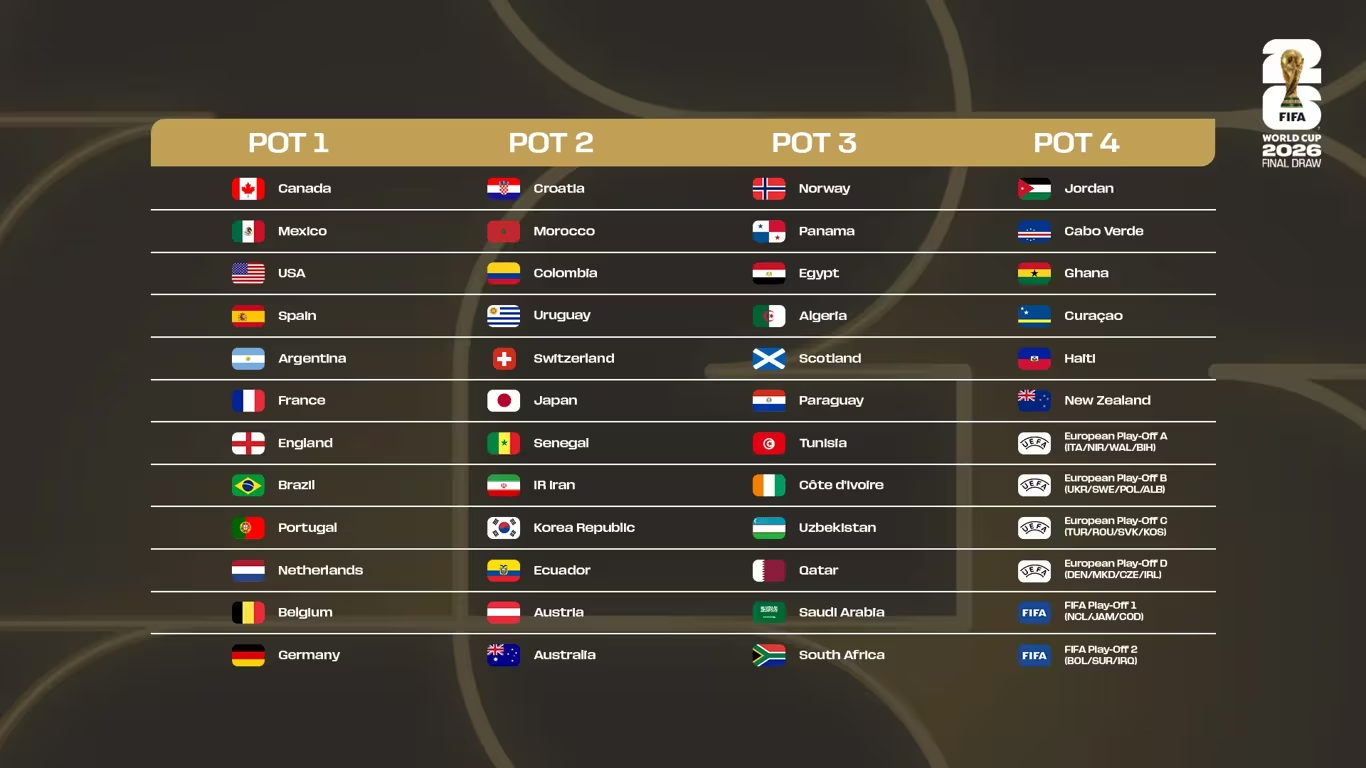
Special rules for hosts and top-ranked teams
To maintain consistency with the official match schedule, the three host nations will be assigned automatically to specific positions:
- Mexico → Group A1
- Canada → Group B1
- USA → Group D1
Their balls will be differentiated by color to ensure the correct placement during the draw.
FIFA has also introduced a new competitive-balance rule to prevent early clashes between the world’s strongest teams. The top four nations in the rankings — Spain, Argentina, France, and England — must be drawn into opposite knockout pathways, ensuring they cannot meet before the final if they win their groups.
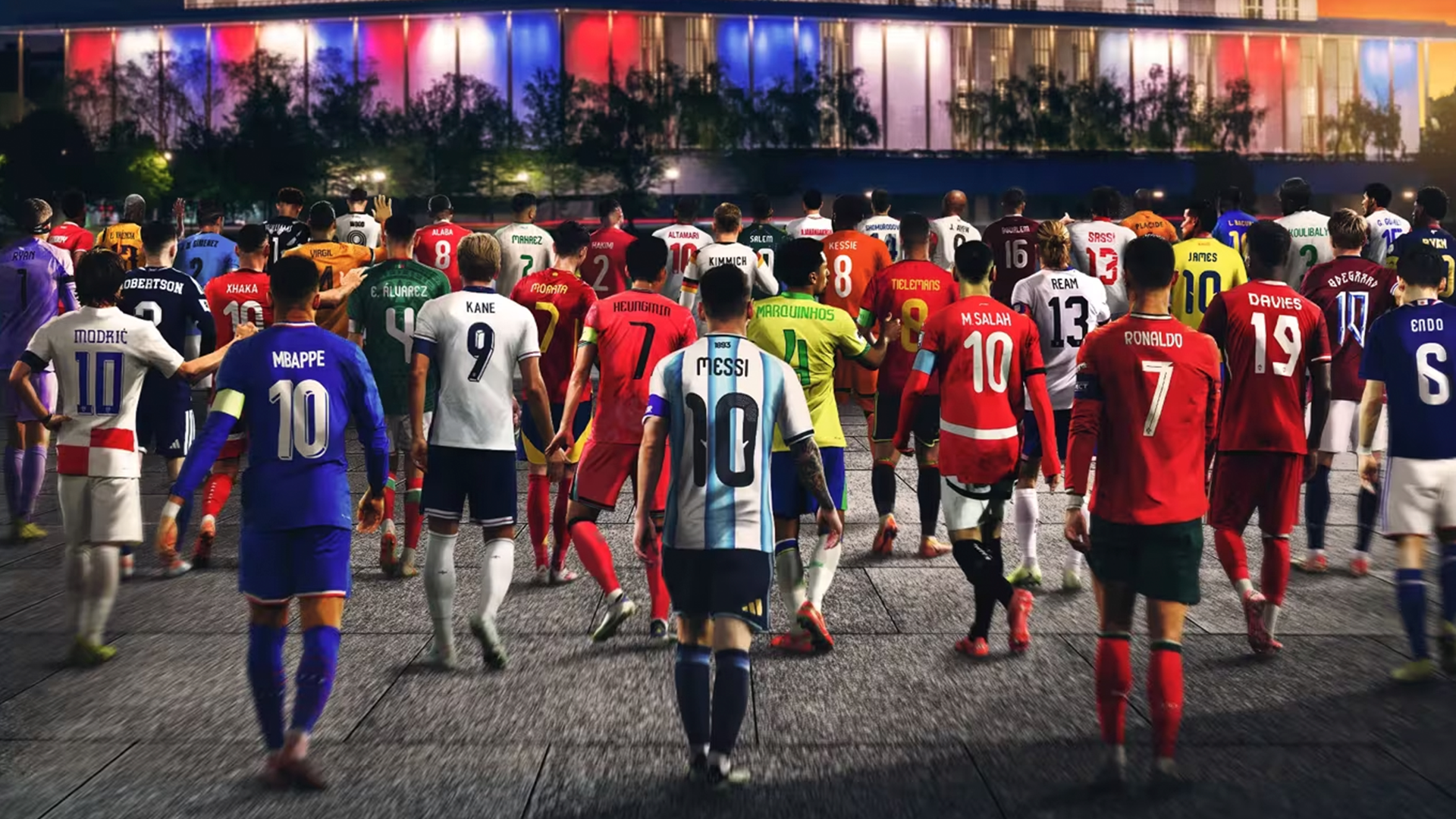
Confederation restrictions and group assignments
As in every World Cup draw, no group may feature more than one team from the same confederation, except UEFA, which has 16 representatives. Each group must therefore include one or two European teams, but never three.
For teams drawn from Pots 2, 3 and 4, both the group and the position within the group will be determined by a predefined allocation pattern established by FIFA.
The same confederation rules also apply to the two Intercontinental Play-Off pathways, ensuring that none of the potential qualifiers violate confederation limits.
A new era for the World Cup
A day after the draw, on Saturday, December 6, FIFA will publish the updated match schedule, assigning every match to its stadium and kickoff time.
It will be the final piece of the puzzle before the biggest World Cup in history officially begins.
With 48 teams, 104 matches, three host nations and a format never seen before, the 2026 tournament will redefine the global football landscape — and the draw in Washington, D.C. will set the stage for it all.











